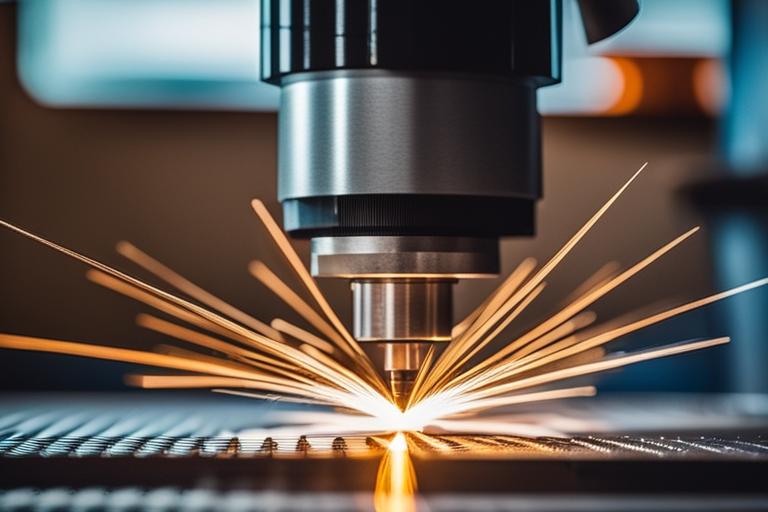Introduction
Sheet metal fabrication is a versatile process that transforms flat sheets of metal into various shapes and structures, ranging from simple enclosures to complex machinery components. This article delves into the world of sheet metal fabrication, exploring its techniques, applications, and the importance it holds across industries.
Understanding Sheet Metal Fabrication
Sheet metal fabrication involves cutting, bending, and assembling thin metal sheets to create finished products. Metals commonly used in this process include steel, aluminium, copper, and stainless steel. The versatility of sheet metal fabrication lies in its ability to produce intricate designs with high precision.
Fundamental Processes in Sheet Metal Fabrication
Cutting
- Shearing: Utilizes shearing machines to cut large sheets into smaller sizes with straight or curved edges.
- Laser Cutting: Laser beams are employed to cut through metal sheets precisely, offering flexibility and accuracy in complex designs.
- Waterjet Cutting: Utilizes high-pressure water mixed with abrasive materials to cut through various metals, suitable for thick materials and intricate shapes.
Bending
- Press Brake Bending: Utilizes a press brake machine to bend metal sheets accurately into desired angles and shapes.
- Roll Bending: This involves gradually passing metal sheets through rollers to bend them into cylindrical or curved shapes.
Forming
- Stamping: Utilizes a stamping press to shape metal sheets by applying pressure through dies and molds.
- Deep Drawing: Pulling a metal sheet into a die cavity to form three-dimensional shapes like cups, cylinders, or boxes.
Joining
- Welding: Joins metal pieces together by melting and fusing them with heat, commonly used for solid and durable connections.
- Riveting: Secures metal sheets using rivets, which are inserted and deformed to create a permanent connection.
Applications of Sheet Metal Fabrication
Sheet metal fabrication finds applications across various industries, including:
Automotive
Producing vehicle bodies, frames, and structural components.
Aerospace
Manufacturing aircraft parts, panels, and structural elements.
Electronics
Fabricating enclosures, chassis, and heat sinks for electronic devices.
Construction
Creating roofing, cladding, and structural components for buildings.
Manufacturing
Fabricating machinery parts, equipment enclosures, and tooling.
Importance of Sheet Metal Fabrication
Sheet metal fabrication plays a crucial role in modern manufacturing and construction due to several reasons:
Customization
It allows the production of custom-designed parts tailored to specific requirements, ensuring optimal functionality and fit.
Cost-effectiveness
Compared to other manufacturing processes, sheet metal fabrication offers cost-efficient production of high-quality components, especially in large quantities.
Durability
Metal fabricated products exhibit excellent strength, durability, and resistance to environmental factors, ensuring long-term reliability.
Versatility
Sheet metal fabrication can accommodate various metals, thicknesses, and designs, making it suitable for diverse industry applications.
Efficiency
Advanced technologies and automation in sheet metal fabrication streamline production processes, reducing lead times and enhancing productivity.
Conclusion
Sheet metal fabrication is a cornerstone in modern manufacturing, offering endless possibilities for creating functional and aesthetically pleasing products across industries. With its diverse techniques and applications, sheet metal fabrication continues to drive innovation and shape the future of engineering and design.

